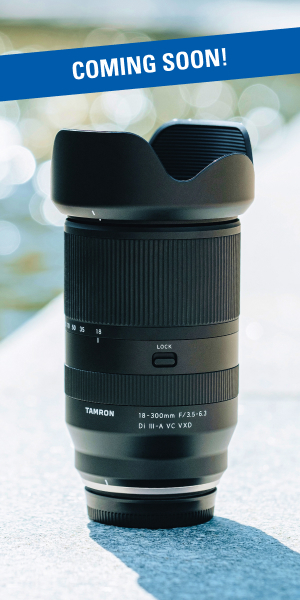Wildlife photography tips with Tamron lenses can transform your experience behind the camera, turning fleeting animal encounters into unforgettable visual stories. Wildlife photography isn’t just a hobby—it’s an exhilarating pursuit that demands patience, creativity, and the right gear. Whether you’re capturing eagles in flight, a lion’s stealthy gaze, or a bear meandering through the forest, your lens choice can make all the difference. Tamron lenses for wildlife photography are designed to meet the unique challenges of photographing animals in the wild, offering reach, speed, and sharpness when you need them most.
In this article, we’ll share expert-backed strategies and techniques that will help you elevate your images—whether you’re a seasoned safari shooter or just getting started with nature photography.
What You’ll Learn in This Article:
- How to choose the right Tamron lens for different wildlife scenarios
- Camera settings and techniques to freeze action and capture sharp shots
- How to approach animals ethically and remain inconspicuous in the wild
- Tips for creating compelling compositions with environmental context
- Proven ways to photograph birds, mammals, and other fast-moving creatures
TIP 1: Wait for the Perfect Wildlife Pose
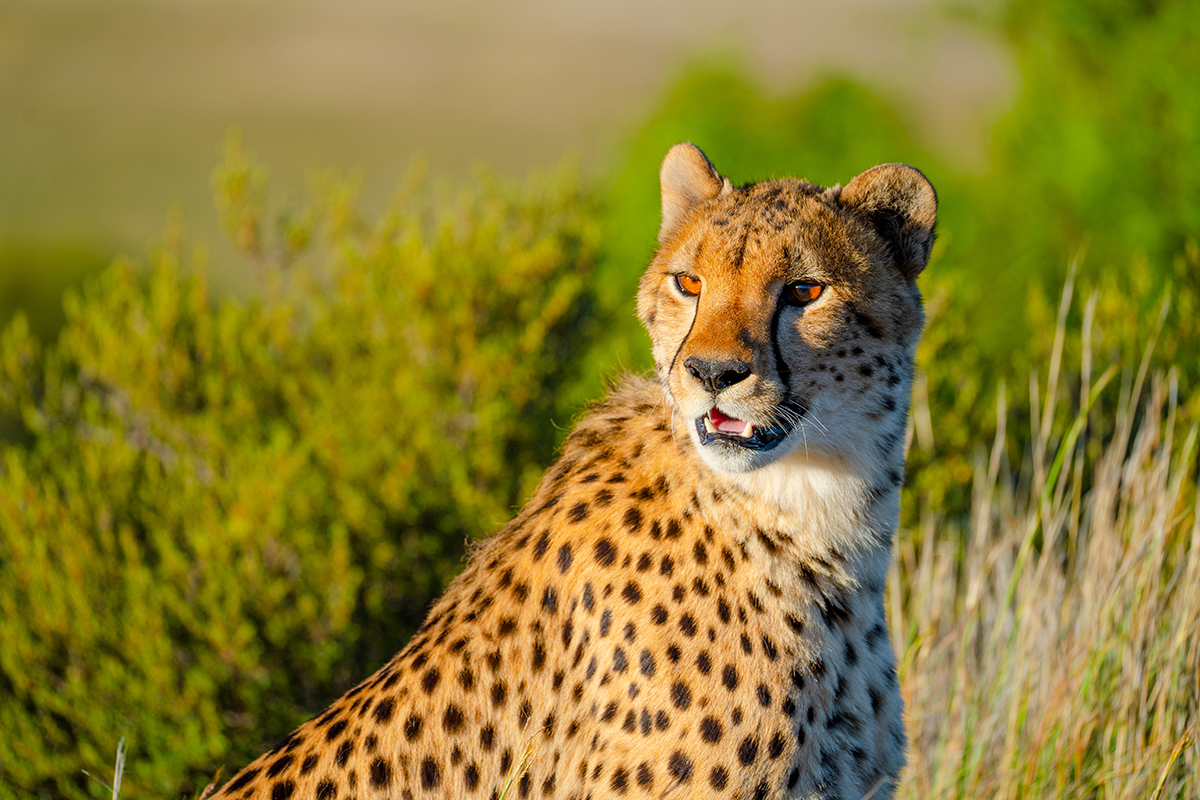
Capturing wildlife isn’t about snapping the first sighting. Patience in wildlife photography pays off when you wait for the animal to strike a dynamic or expressive pose. Position yourself to capture favorable lighting on the face, and aim for engaging animal portraits that highlight personality and character.
TIP 2: Choose a Versatile Tamron Lens for Unexpected Action
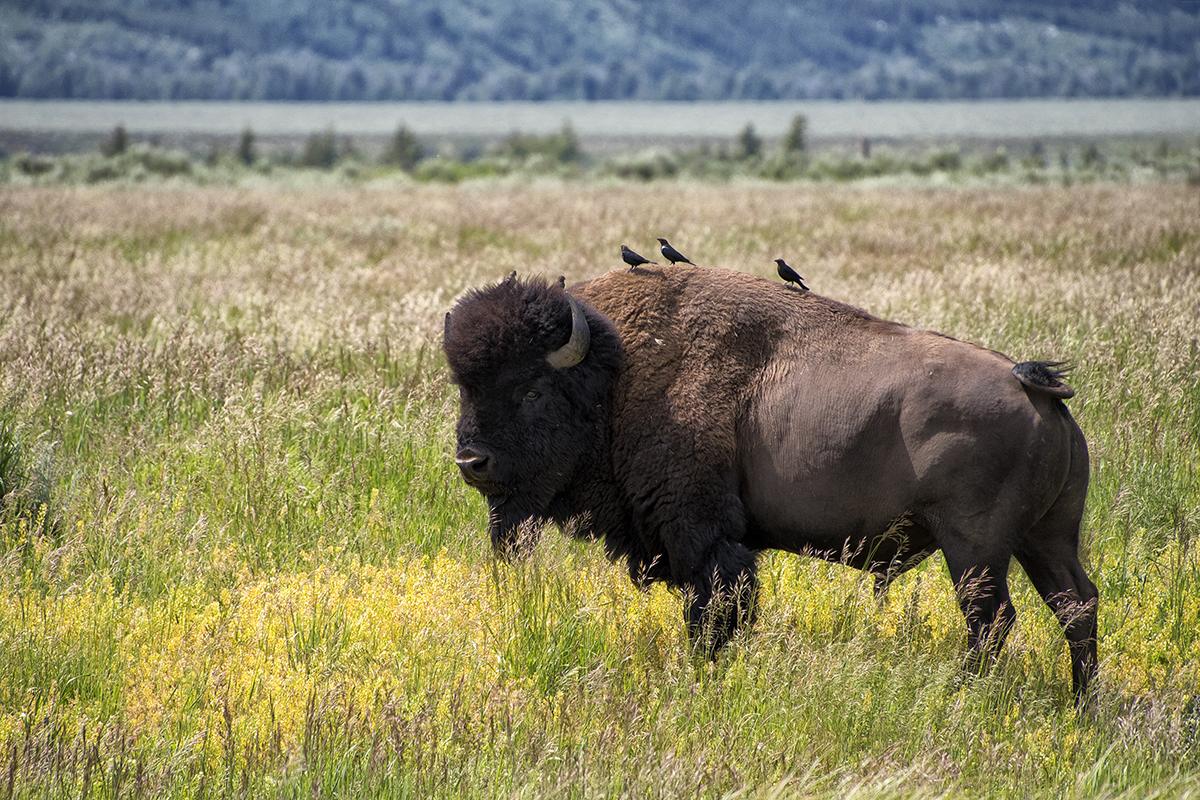
The wild is unpredictable. That’s why an all-in-one lens like the Tamron 28-300mm VC is ideal for on-the-go wildlife photography. Whether a deer emerges from the brush or a bird takes flight, you’re prepared to zoom in or out quickly without switching lenses.
TIP 3: Experiment with Creative Wildlife Compositions

Break free from traditional framing. Try isolating a paw, antler, or eye for abstract wildlife photography that tells a unique story. Use lenses like the Tamron 70-180mm F2.8 VC G2 or 70-300mm F4.5-6.3 to zoom in on details and evoke intimacy in your images.
TIP 4: Zoom in on the Animal’s Eyes for Emotional Impact
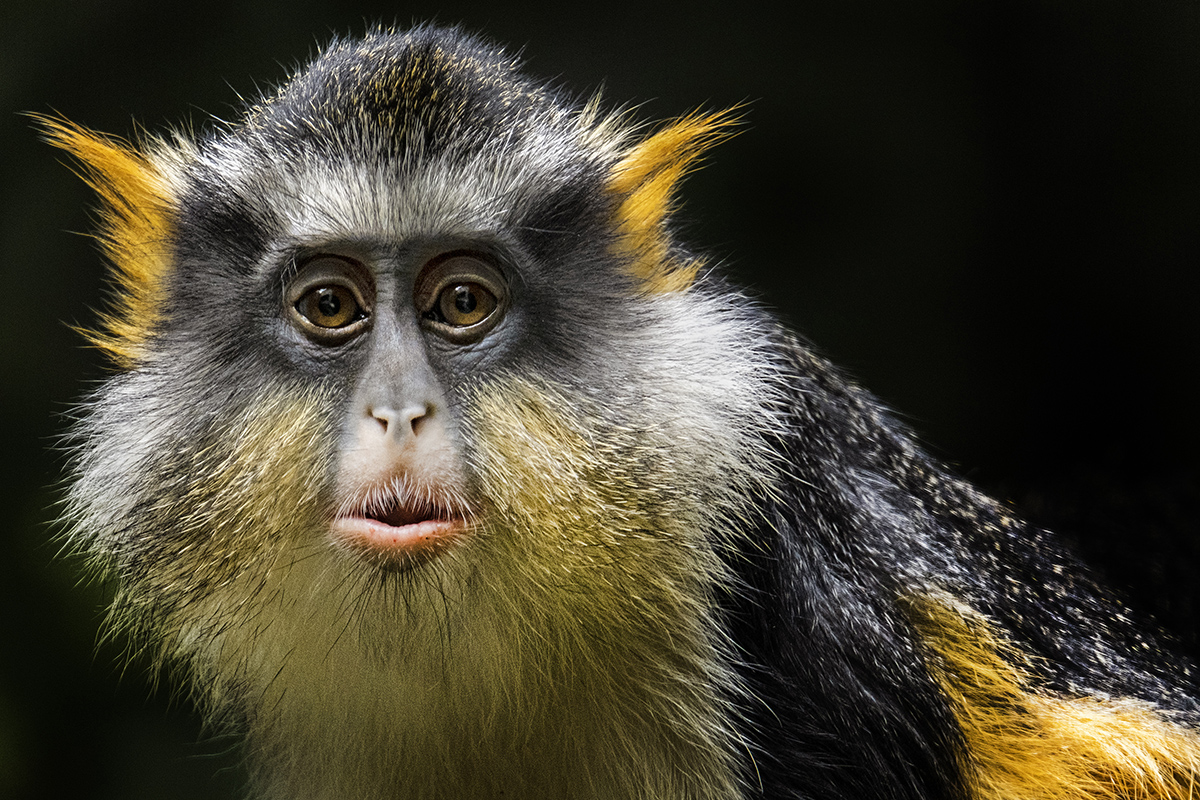
Eye contact creates instant connection. Use an ultra-telephoto wildlife lens like the Tamron 150-500mm VC to get close without disturbing your subject. A tight composition on the eyes adds drama and fosters empathy from the viewer.
TIP 5: Master Bird Photography Techniques
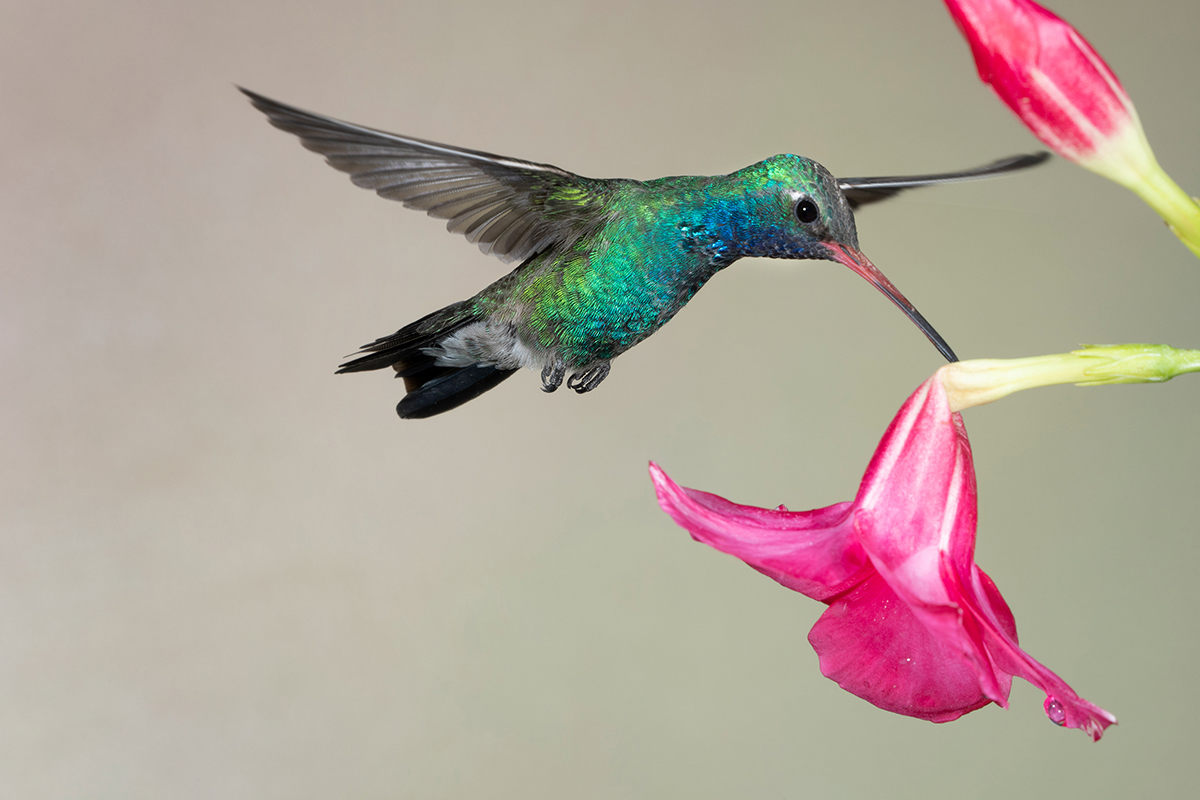
Birds in flight require precise timing and fast shutter speeds. Set your camera to 1/1000 sec or faster, use continuous autofocus tracking, and position yourself upwind. Lenses like the Tamron 50-400mm allow you to freeze motion while maintaining stunning clarity.
TIP 6: Shoot at Eye Level for Immersive Wildlife Shots
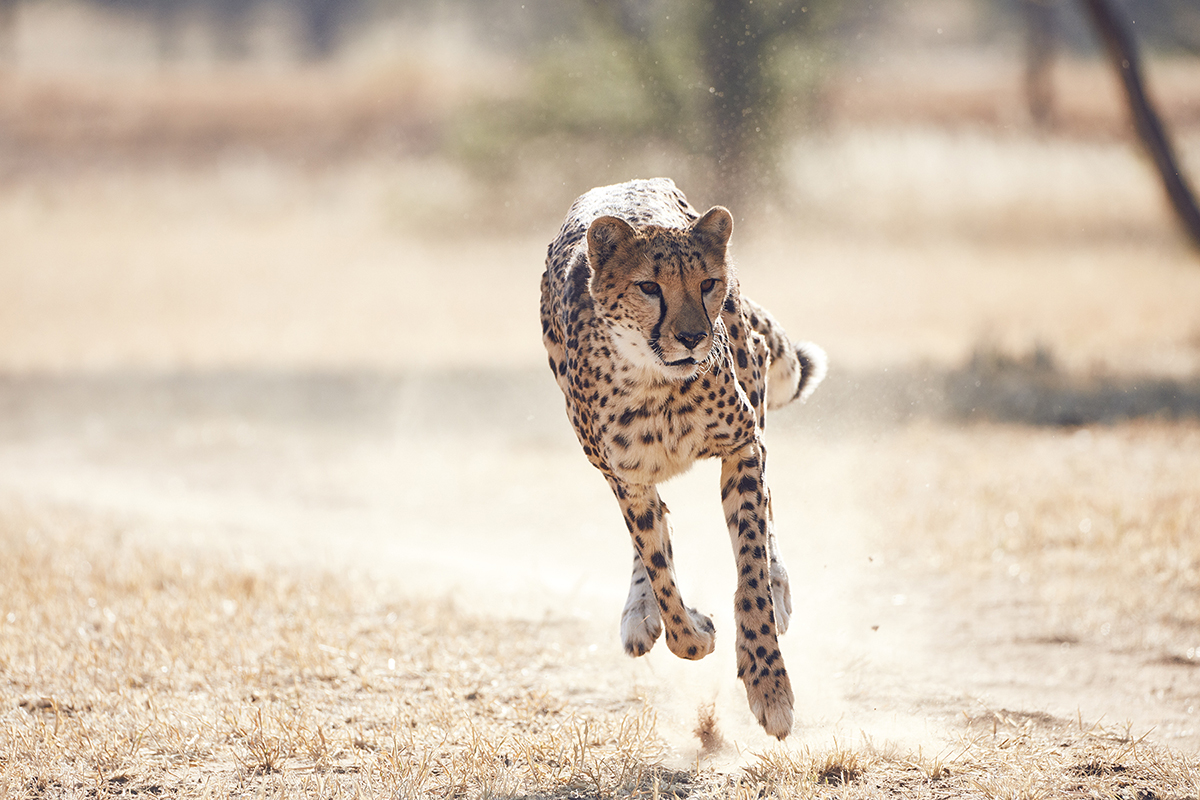
Whenever safe and possible, get down to your subject’s level. This creates immersive wildlife images that pull the viewer into the scene. For larger animals, maintain distance while using a long-reaching lens like the 150-500mm VC to compose safely and effectively.
TIP 7: Stay Hidden to Capture Authentic Animal Behavior
Disturbing the animal as little as possible is best practices when it comes to wildlife ethics. Position yourself in a spot so you can ensure an optimal composition, instead of having to chase or track your subject down. You’ll achieve photographs with more authentic animal behavior that way, as they (hopefully) won’t be affected by your presence.
Set up in a sheltered, wooded area behind trees or in concealing grass to keep yourself out of sight. You might want to consider wearing camouflage and purchasing camouflage camera body and lens cover kits. This will help break your shape up, allowing you to blend more naturally into your subject’s environment. Stealth in wildlife photography leads to more authentic, behavior-rich images that show animals at ease.
Conclusion: Elevate Your Wildlife Photography with Tamron Lenses
In wildlife photography, capturing the essence of animals in their natural environment is both rewarding and challenging. By following these seven tips, you’ll be better equipped to seize those fleeting, magical moments with clarity and precision. Whether it’s understanding animal behavior, perfecting your camera settings, or positioning yourself for the ideal shot, each tip brings you closer to mastering the art of wildlife photography.
With the versatility and performance of Tamron lenses, you’ll have the tools to capture stunning details from a safe distance, ensuring your wildlife images are as dynamic and powerful as the creatures you photograph. Learn more about these lenses at the TAMRON Store today.
Learn about these lenses and more at an authorized Tamron dealer in your area or visit the TAMRON Store today.
